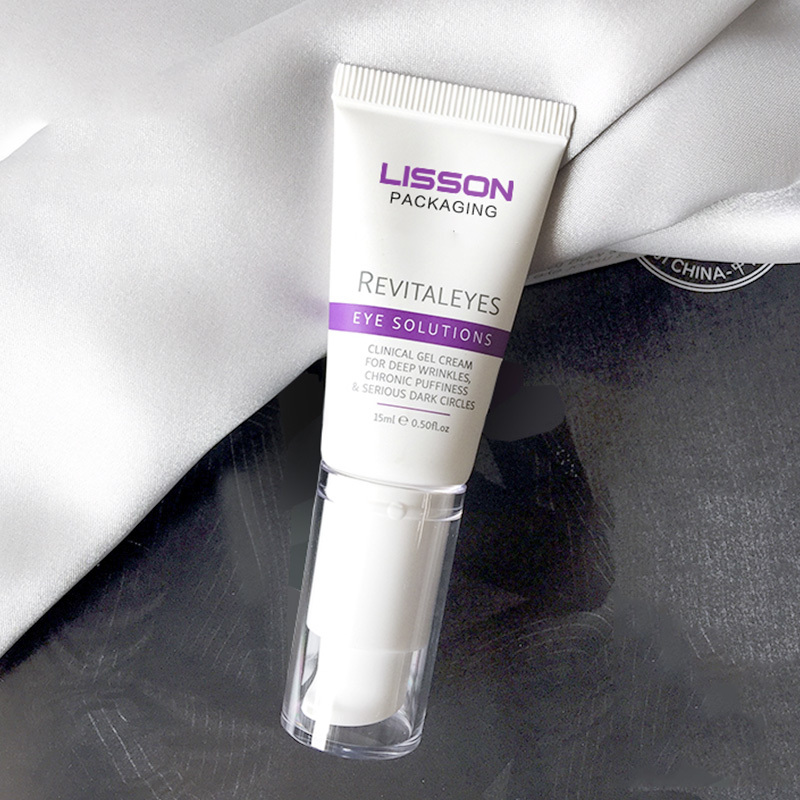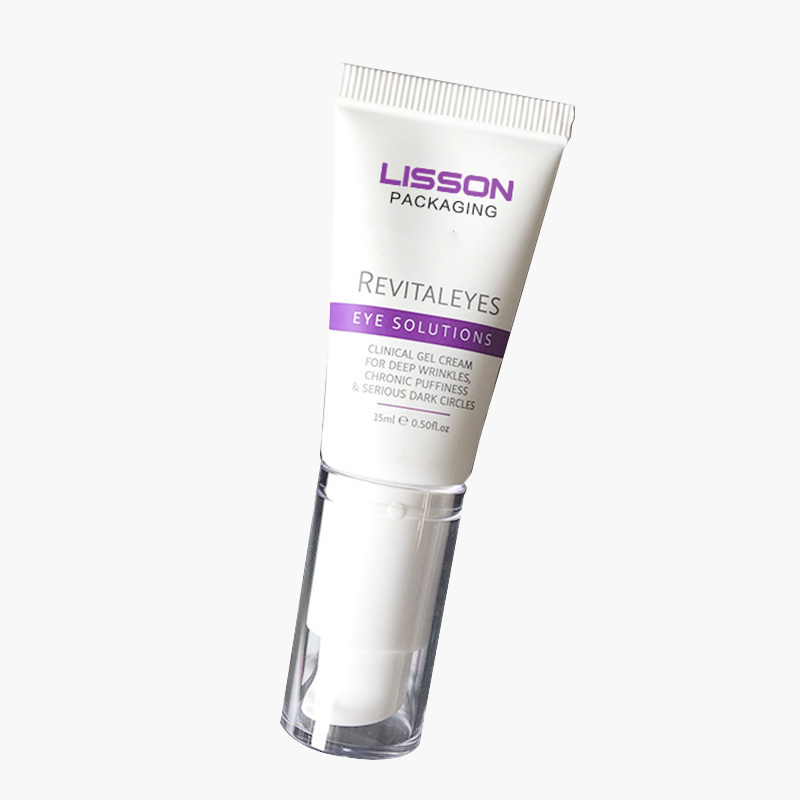Whether you're launching a beauty brand or creating a custom skincare line, one of the most important packaging decisions you'll make is choosing the right cosmetic tubes. From lotions and creams to lip balms and foundations, squeeze tubes are a popular packaging choice for their convenience, portability, and professional appearance. If you're new to sourcing wholesale cosmetic tubes, this guide will walk you through the essentials to help you get started confidently.
1. Understand Your Product and Target Market
Before sourcing, it’s important to clearly define what you’re packaging. Is your product a thick cream, a lightweight lotion, a gel, or an oil? Different products may require different types of tubes, materials, and dispensing mechanisms. Also, consider your target audience — are you creating a luxury skincare line, an eco-friendly brand, or an affordable beauty product? Your packaging should align with your brand image and customer expectations.

2. Know the Types of Cosmetic Tubes
There are various types of cosmetic tubes available on the market:
Plastic Cosmetic Tubes: The most common, often made from PE (polyethylene) or PP (polypropylene). These are lightweight, flexible, and cost-effective.
Laminated Tubes: Made by combining layers of plastic and/or aluminum, offering excellent barrier protection against oxygen, light, and moisture.
Aluminum Collapsible Tubes: Great for products sensitive to air and light, providing a classic, high-end feel.
Eco-Friendly Tubes: Options made from biodegradable, recycled, or sugarcane-based,paper plastics are increasingly popular for sustainable brands.
Each type offers different advantages in terms of durability, look, and environmental impact.
3. Choose the Right Size and Shape
Cosmetic tubes come in a wide range of sizes, typically measured in milliliters (ml) or ounces (oz). Small tubes (5ml–30ml) are perfect for samples or travel-size products, while larger tubes (50ml–200ml) suit full-size offerings.
l The tube’s shape also matters:
l Round tubes are classic and simple.
l Oval tubes have a flatter look that feels premium.
l Airless tubes protect sensitive formulas by minimizing air exposure.
l Selecting the right size and shape enhances user experience and supports product functionality.
4. Material and Printing Considerations
Your choice of material affects not just appearance but also printing techniques and branding options. Some common decoration methods include:
l Silk screen printing for crisp, bold colors.
l Hot stamping for metallic finishes like gold and silver.
l Labeling for flexible, cost-effective branding on smaller runs.
l Offset printing for detailed, high-volume designs.
l Ask suppliers about their capabilities and compatibility with the material and finish you want.
5. Find the Right Supplier
Choosing a reliable wholesale cosmetic tube supplier is critical. When vetting suppliers, consider:
l MOQ (Minimum Order Quantity): Some suppliers offer low MOQs, ideal for startups; others may require large quantities.
l Customization Options: If branding is important, make sure they offer design services or allow custom molds.
l Lead Times: Confirm how long it will take to produce and ship your order.
l Certifications: If you're selling internationally or need specific eco-friendly claims, check for certifications like ISO, FSC, or others.
l Samples: Always request samples before placing a large order to evaluate quality firsthand.
l Research online, attend trade shows, and check reviews and testimonials before committing to a supplier.
6. Budget Wisely
When budgeting, consider not only the unit cost but also tooling fees (for custom molds), shipping costs, taxes, and potential customs duties. Many new businesses overlook these extras, only to be surprised later.
It’s smart to order a slightly higher quantity than you need initially to cover defects or unexpected growth — especially if it saves you significantly on per-unit pricing.
7. Prioritize Sustainability (If It Fits Your Brand)
Today’s consumers are more eco-conscious than ever. If sustainability is a part of your brand values, look for recyclable tubes, biodegradable options, or suppliers who use eco-friendly production practices. Many manufacturers now offer PCR (Post-Consumer Recycled) plastic tubes or innovative sugarcane bio-resin tubes.

Conclusion
Sourcing wholesale cosmetic tubes might seem overwhelming at first, but with a clear understanding of your product needs, design goals, and supplier expectations, you can find the perfect packaging to elevate your brand. Take your time researching and don’t be afraid to ask detailed questions — good communication with suppliers is key to avoiding costly mistakes and ensuring your cosmetic line stands out in a competitive market.
Copyright © 2025 Guangzhou Lisson® Plastic Co.Ltd | All Rights Reserved.
Hello, please leave your name and email here before chat online so that we won't miss your message and contact you smoothly.